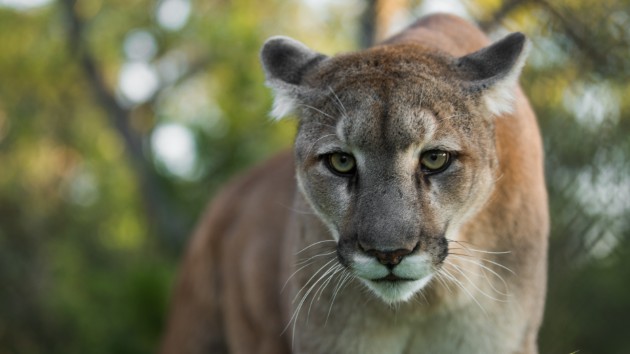
By Pepper Fisher
OLYMPIC NATIONAL PARK – Olympic National Park officials on Tuesday reopened some of the trails that had to be closed following a cougar attack on July 29, but the Lake Angeles/Heather Park Loop remains closed.
That led us to ask why they felt one area was safe to reopen and not the other, and about the status of the search for that aggressive cougar.
Park officials were quick to respond to our questions, saying the park has multiple game cameras setup in the area of concern and they are checked on a regular basis. Half of the cameras transmit via cell technology, so wildlife biologists can check them anytime. The other rest have to be checked manually, which has been done daily.
Dogs, which were used in the initial search following the attack, will be brought back if an uncollared adult cougar that is exhibiting unusual behavior, such as hanging out by a trail or showing no fear of humans, is spotted. And the dogs can only follow the scent within about 6 hours of a cougar sighting. We’re also told the drier it is, the more difficult it is for them to track the scent.
So far, there have been no sightings on any of the cameras. Cougars do have large territories, so park officials say it’s possible it has left the area. Park protocol calls for a full closure of an area for three weeks unless evidence of the cougar is found.
Based on the lack of any cougar sightings in person or by game camera, staff determined that it was safe to reopen the Switchback Trail and Sunrise Ridge Trail, since they are the furthest away from where the cougar attack took place.
There has been some concern that the park will find the wrong cougar. Their policy is that if any cougar is found, it has to display the behavior described earlier. That is, an uncollared adult cougar that is exhibiting unusual behavior.
Some have asked whether the aggressive cougar can be captured and released somewhere more remote. We’re told that habituated animals will still exhibit the same behaviors in other areas of the park. And they often travel great distances. A Lower Elwha Klallam Tribe study showed one cougar that was seen at Shi Shi Beach, the most westerly point of the park, circumnavigated the entire peninsula. So, it is very possible the cougar could just return to the same location after being moved.
